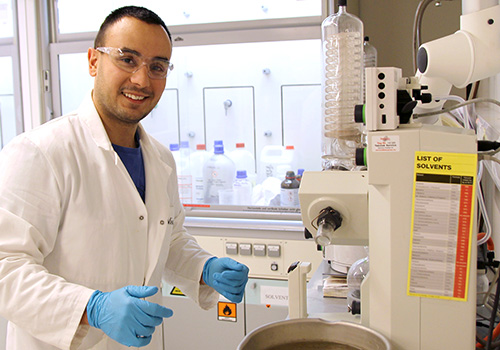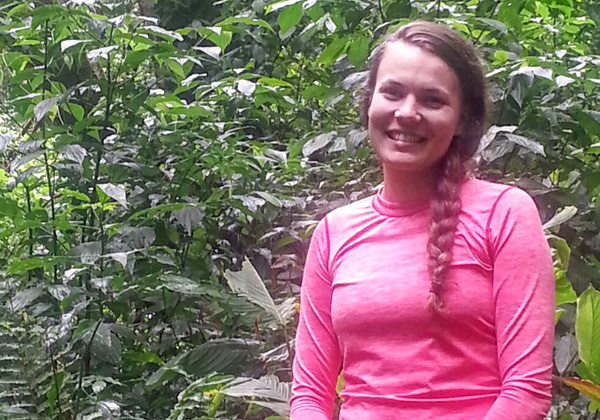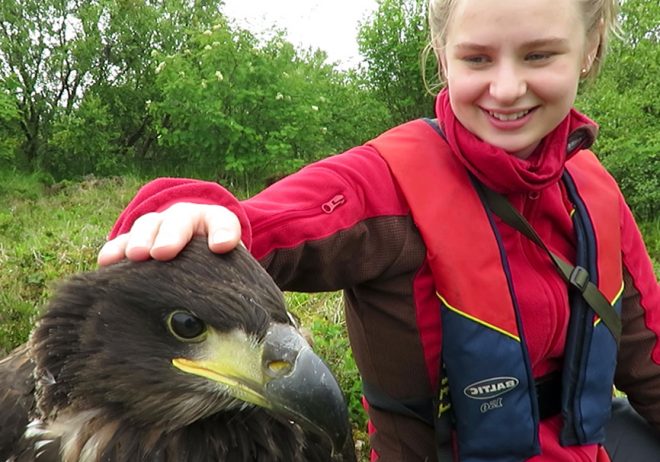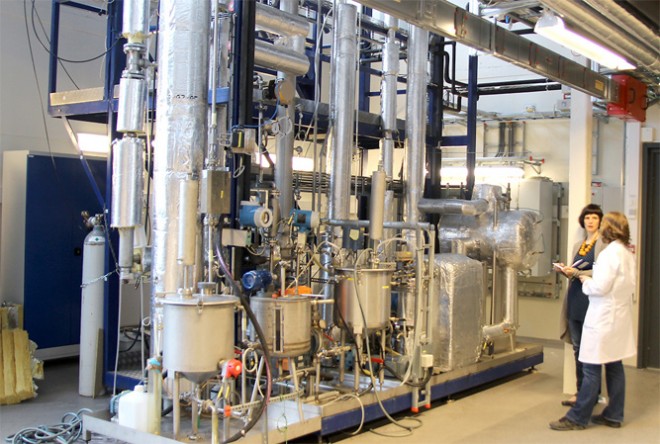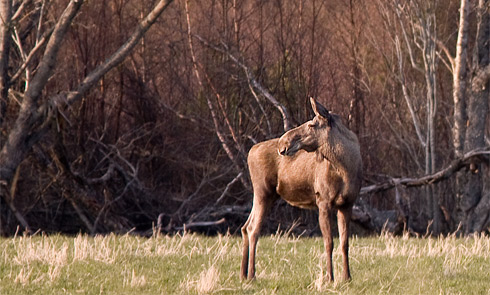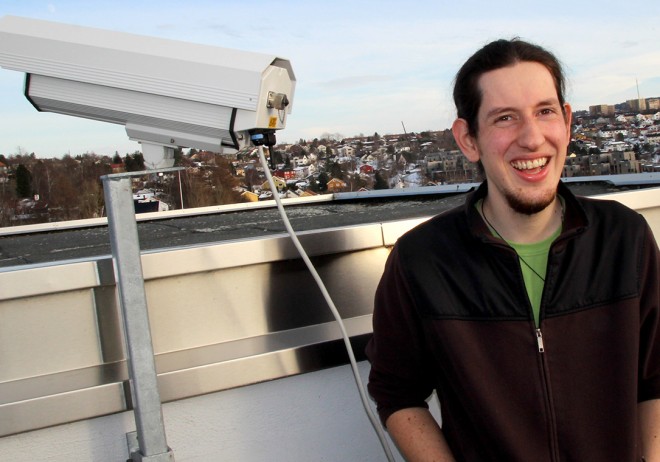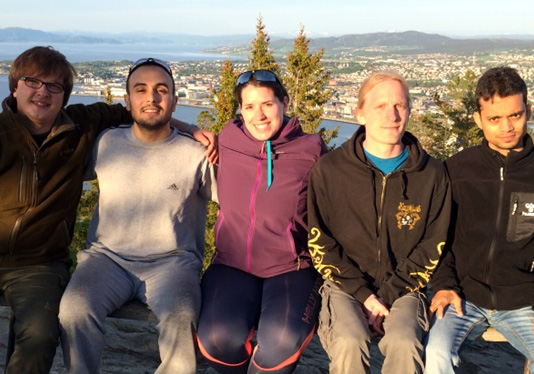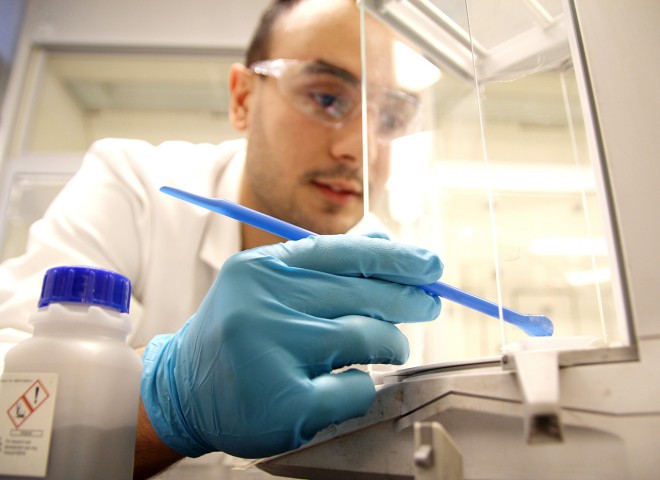After a long time without writing any posts, I am still here, ready for some new words. Last time I mentioned that I would say something about scientific life. I am at the same place, in the same conditions, surrounded with new scientific challenges, which currently stops me from writing my paper. I would …
Fortsett å lese «PhD progress is like the weather in Norway – unpredictable»
